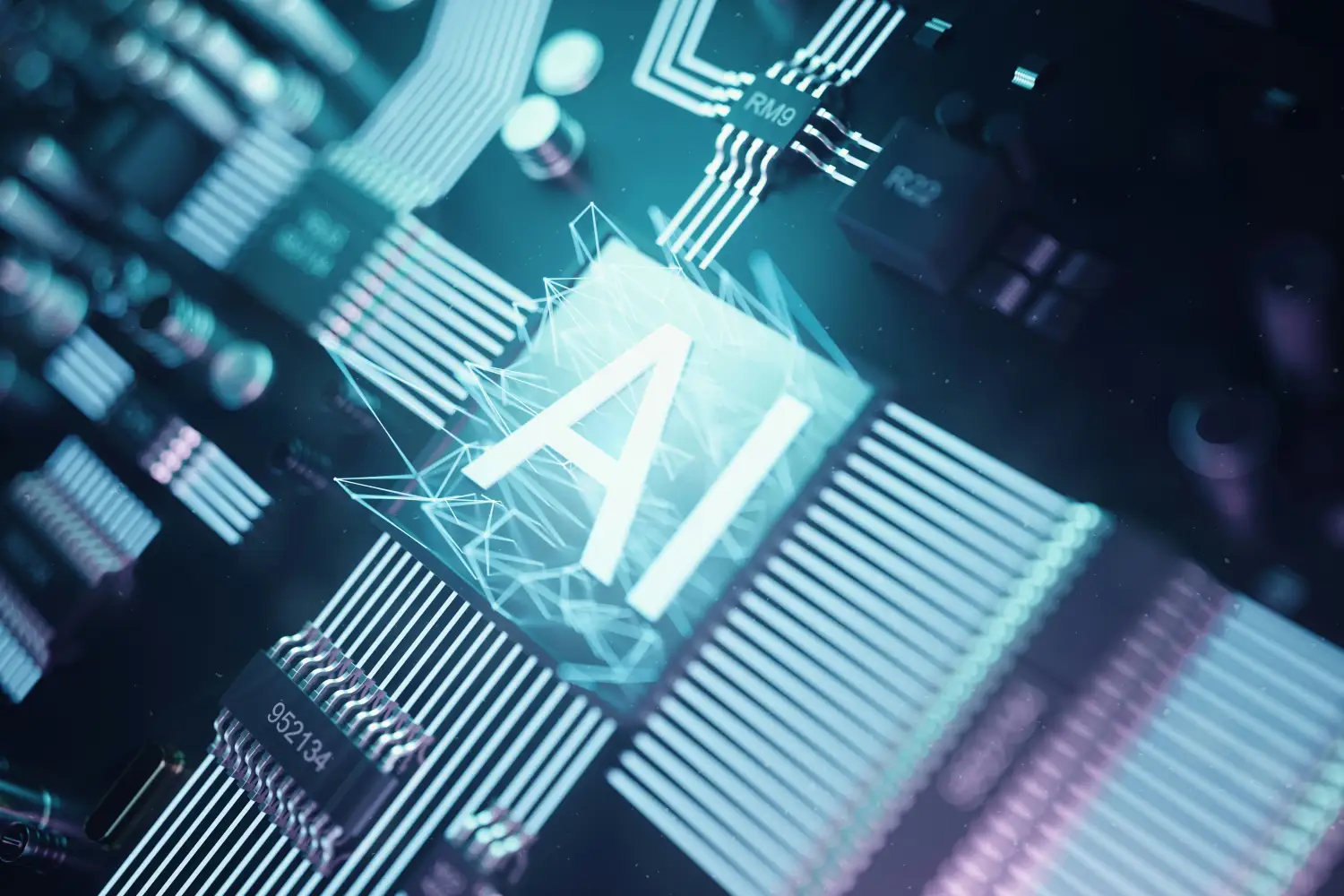AI agents are entering every business conversation. Leaders hear promises of smarter operations, adaptive workflows, and endless efficiency. Yet, the real advantage of AI agents lies not in using them everywhere, but in knowing where they make sense.
At Kleritt, we build ai agents for teams that want results, not hype. The following guide helps you evaluate whether AI agents fit your goals, and where restraint may protect you from wasted effort and cost.
When to Use AI Agents
1. You Have Complex, Repetitive Work Across Systems
AI agents excel where data moves between tools and human hand-offs slow everything down.
Example: coordinating supplier updates, syncing CRMs, or generating weekly performance reports.
When processes cross multiple platforms, an agent can centralise and streamline them.
2. Your Team Faces Information Overload
If people spend hours searching for data, tracking updates, or reconciling spreadsheets, an AI agent can act as a live assistant. It reads, summarises, and prioritises information so your team stays focused on action, not admin.
3. You Want Adaptive Automation - Not Rigid Rules
Traditional automation breaks when input changes. AI agents adapt by interpreting context and deciding what to do next.
They’re ideal when exceptions happen often, such as order errors, lead status changes, or document version control.
4. You Already Use Automation and Want to Scale It
If your company runs several workflows in tools like Zapier, Make, or n8n, an AI agent can orchestrate them. It monitors multiple automations and ensures they work toward one goal, for example, accurate data or faster response times.
5. You Need Human-Like Reasoning at Speed
Some processes rely on judgment: evaluating tone, recognising urgency, or deciding next steps.
AI agents supported by large language models (like GPT or Claude) can replicate this reasoning, allowing you to handle high message volumes without sacrificing quality.
When Not to Use AI Agents
1. Your Process Is Unclear or Undefined
If you can’t describe the workflow in plain terms, an AI agent will struggle. First, document the steps, outcomes, and responsibilities. Then decide what should be automated. Automation can’t fix chaos, it only accelerates it.
2. You Lack Reliable or Accessible Data
AI agents depend on clean, structured data. If your systems contain duplicates, missing fields, or outdated entries, start with a data-cleaning project. Deploying agents on bad data creates confusion instead of clarity.
3. Compliance or Security Risks Are High
Industries handling sensitive information (finance, healthcare, legal) must establish governance before using agents. Without clear permissioning, audit trails, and GDPR alignment, even a simple agent can introduce risk.
4. The Task Is One-Time or Low-Value
Not every workflow deserves an AI agent. For infrequent or low-impact tasks, a simple automation or manual step is cheaper and faster to maintain.
5. You Expect Full Autonomy Too Soon
Despite rapid progress, agents still need supervision. If you’re hoping to remove human review entirely, you may end up spending more time correcting errors than you save. Start with semi-autonomous use cases, assistants, not replacements.
A Simple Decision Framework
At Kleritt, we help clients test each process against three questions:
- Is the workflow high-volume or high-value?
- Does it cross multiple systems or teams?
- Would automation increase clarity and control?
If the answer is “yes” to at least two, an AI agent may be worth building.
If not, focus on standard automation first.
The goal is not to have agents everywhere, it’s to have them where they make a visible difference.
The Risks of Misplaced Automation
When companies implement agents without strategic intent, they often face:
- Confused ownership (“Who manages the agent?”)
- Unclear outcomes (“What does success look like?”)
- Disconnected data (“Why is the report different again?”)
These failures don’t stem from the technology itself but from skipping the planning phase.
Kleritt’s process always starts with clarity, mapping, defining goals, and building oversight before a single agent is deployed.
When the Timing Is Right
You’ll know you’re ready for AI agents when manual coordination limits growth. If your team spends hours each week on status updates, data exports, or follow-ups, that’s a signal automation should step in. Start small: one agent, one clear goal. Track time saved and accuracy gained before scaling further.
Kleritt’s Approach
Our method focuses on clarity over complexity. We analyse your systems, map your data flows, and design automation that remains auditable and secure. Each AI agent is built to be understood by humans first, with clear logic, traceable decisions, and defined boundaries. This keeps your business in control while maximising efficiency.






